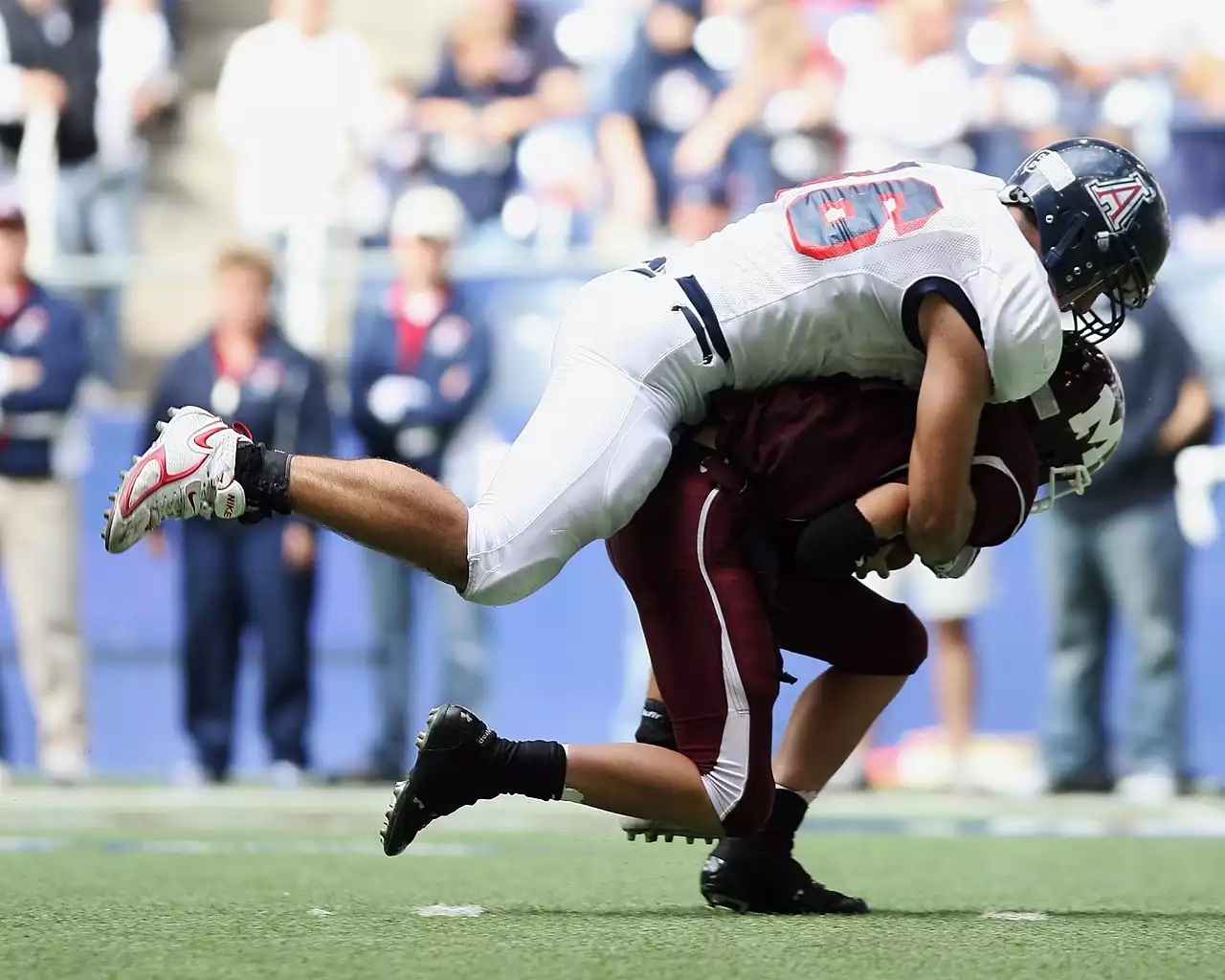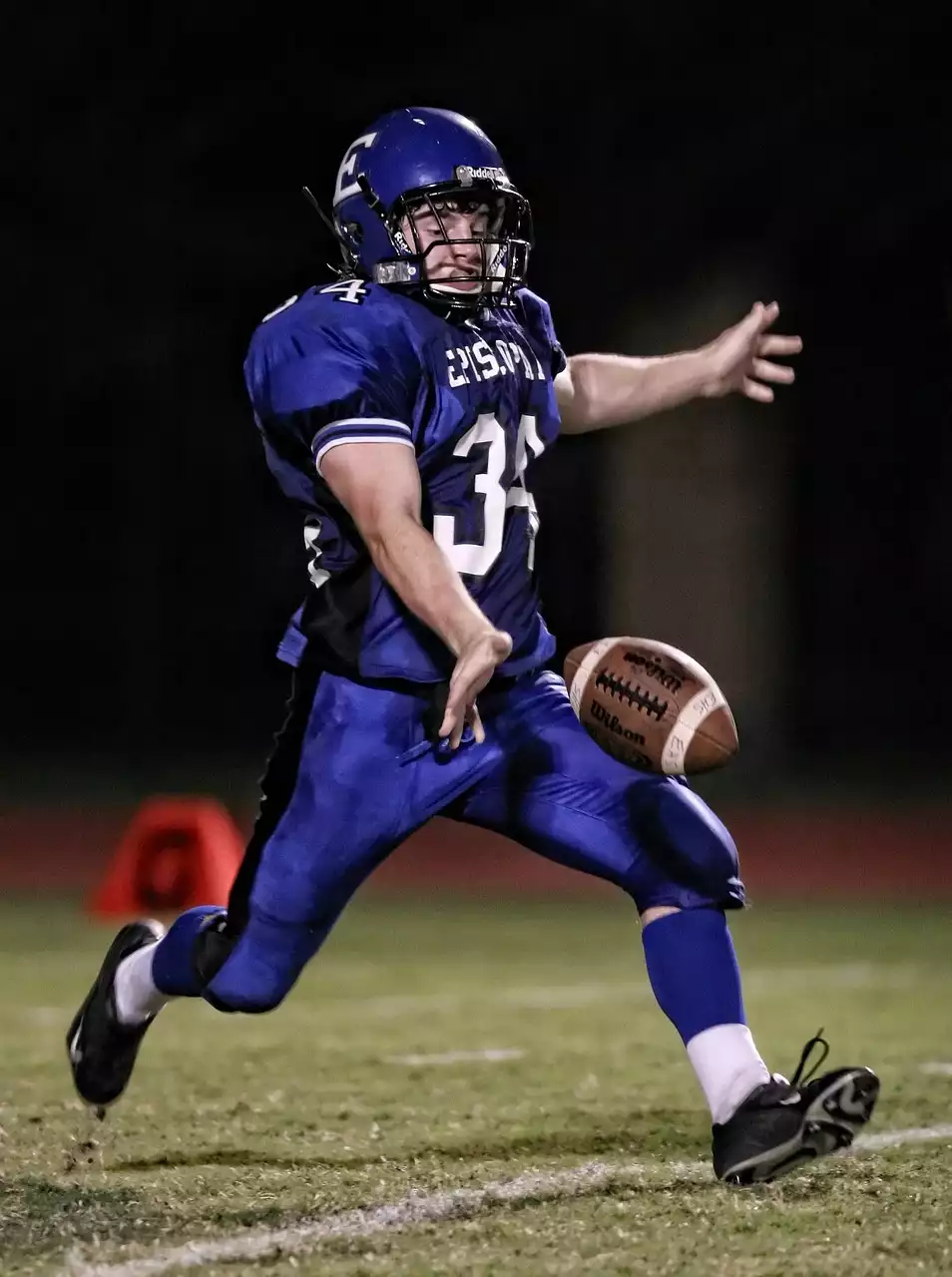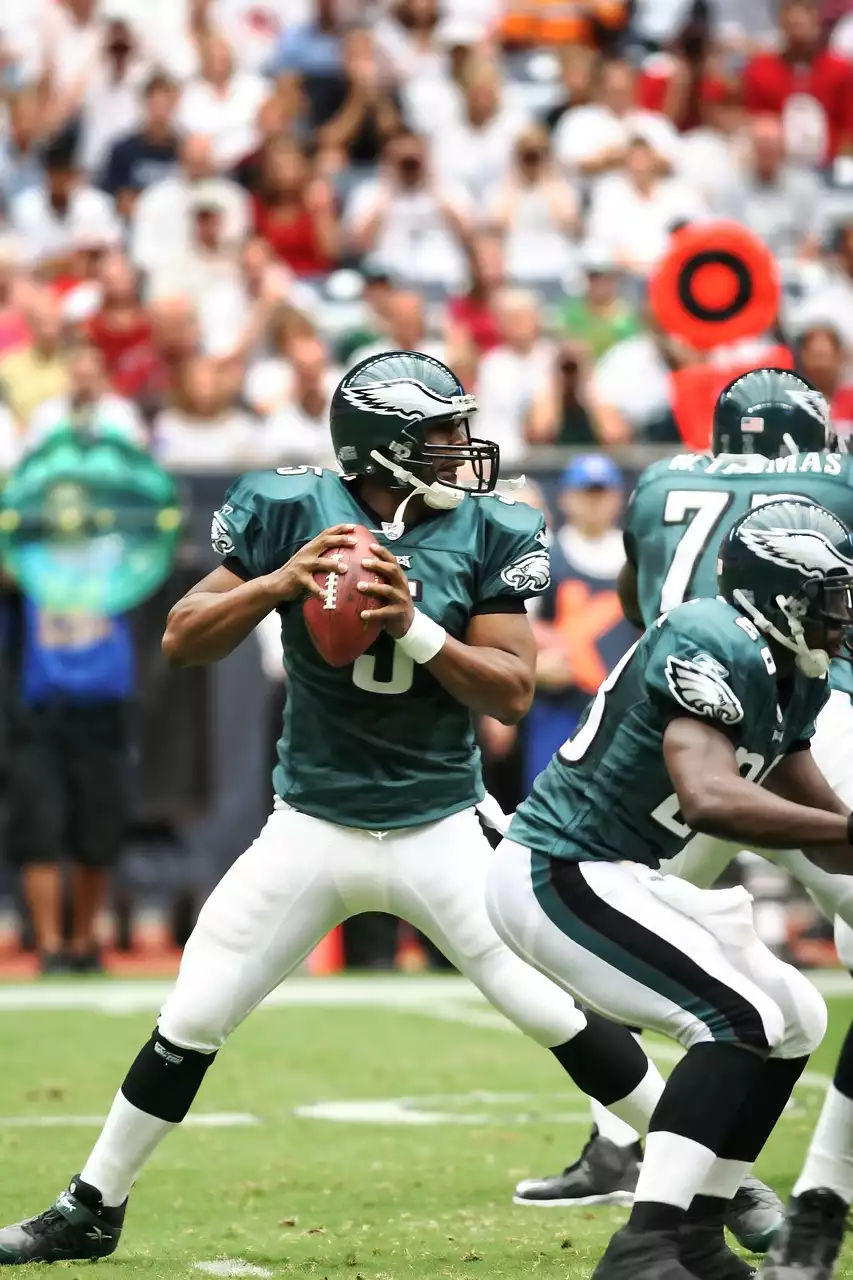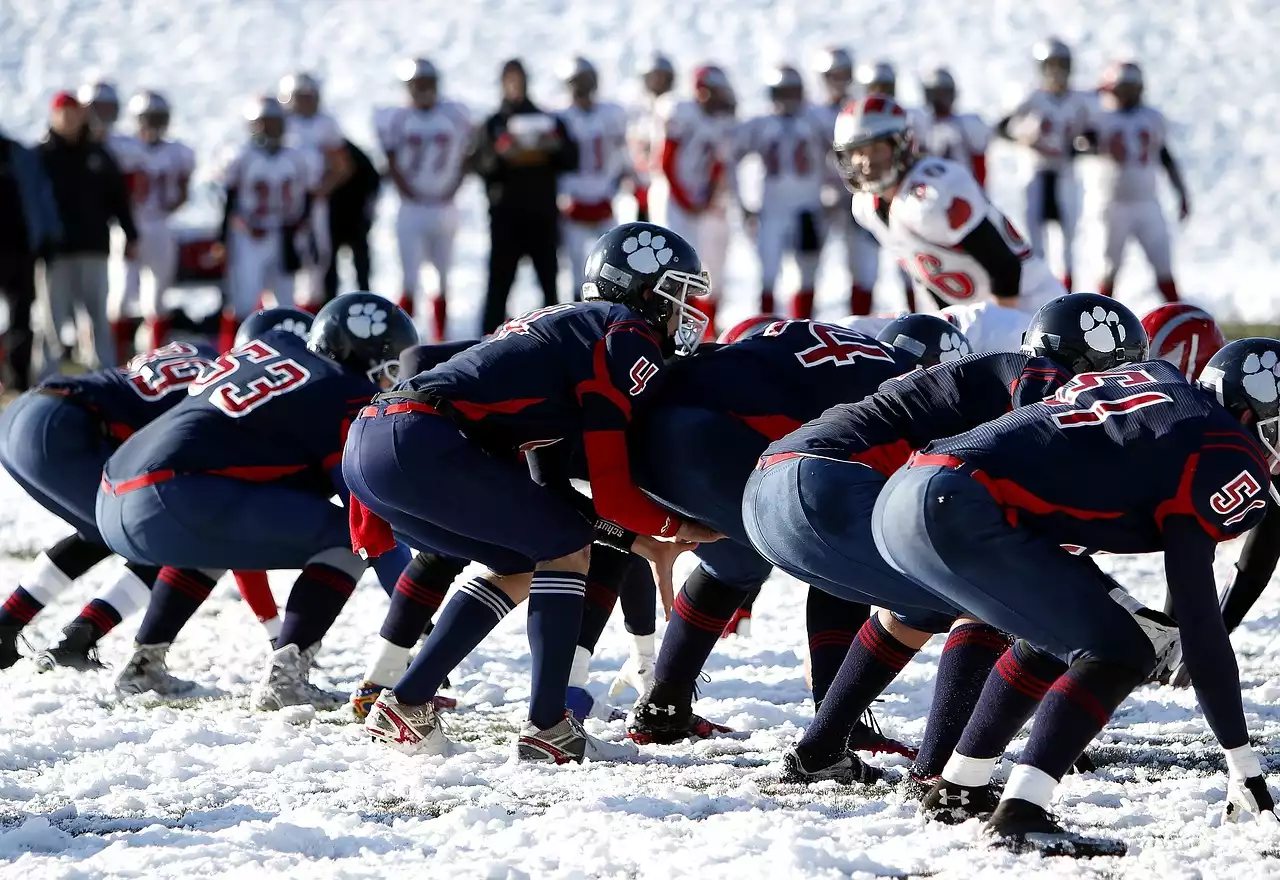Understanding the Importance of Shedding Blocks
The ability to shed blocks is critical for any defensive lineman. When an offensive lineman engages with a defensive lineman, they aim to prevent the defensive lineman from making a play on the ball carrier. Shedding blocks involves using techniques to disengage from the offensive lineman and make a play on the ball carrier. Without this skill, the defensive lineman is ineffective at stopping the run and pressuring the quarterback.
Shedding blocks requires a combination of strength, technique, and quickness. Defensive linemen must be strong enough to shed blocks by overpowering the offensive lineman, but they must also be quick enough to avoid being locked up in the block. Good technique is also essential, as it allows the defensive lineman to use leverage and body position to disengage from the block.
To be an effective blocker, a defensive lineman must understand the importance of shedding blocks. It's not just about being strong or fast; it's about using the right technique at the right time. By mastering this skill, a defensive lineman can disrupt the offense, make tackles for loss, and put pressure on the quarterback.
Techniques for Shedding Blocks
There are several techniques that a defensive lineman can use to shed blocks. One of the most common is the rip move. The rip move involves using the inside arm to rip through the offensive lineman's outside arm and disengage from the block. The swim move is another technique that involves using the outside arm to swim over the offensive lineman's block and make a play on the ball carrier.
The bull rush is a more physical technique that involves driving the offensive lineman backward with brute force. The club move is another physical technique that involves using the inside arm to club the offensive lineman's arm and create separation. The spin move is a more finesse move that involves spinning away from the block and making a play on the ball carrier.
Each of these techniques requires proper technique and execution. Defensive linemen must learn which technique is best suited for each situation based on the offensive lineman's position, the ball carrier's direction, and the defensive scheme.
Drills for Improving Shedding Block Skills
To improve their shedding block skills, defensive linemen must practice the techniques regularly. One drill that can help is the hand fighting drill. This drill involves two defensive linemen facing each other and using their hands to simulate shedding blocks. The objective is to work on hand placement, leverage, and quickness.
Another drill that can help is the sled drill. This drill involves pushing a sled while using proper technique to simulate shedding blocks. The objective is to work on strength, leverage, and quickness.
The mirror drill is another effective drill for improving shedding block skills. This drill involves two defensive linemen facing each other and mirroring each other's movements. The objective is to work on quickness, agility, and footwork.
By practicing these drills regularly, defensive linemen can improve their shedding block skills and become more effective at stopping the run and pressuring the quarterback.
Tackling Fundamentals for Defensive Linemen
Tackling is the foundation of any good defense, and defensive linemen must be proficient in tackling to be effective. Good tackling requires proper technique, form, and a willingness to make contact.
The first step in tackling is to get in the proper position. Defensive linemen must square up to the ball carrier, get low, and keep their head up. They must also keep their feet moving and be ready to react to the ball carrier's movements.
The second step is to make contact. Defensive linemen must use proper form, with their head up and their arms wrapped around the ball carrier. The goal is to drive the ball carrier backward and bring them to the ground.
The third step is to finish the tackle. This involves maintaining contact with the ball carrier and bringing them to the ground. Defensive linemen must use their strength and leverage to drive the ball carrier backward and prevent them from gaining additional yardage.
Common Mistakes to Avoid When Tackling
There are several common mistakes that defensive linemen make when tackling. One of the most common is leading with the head. This can result in serious injury to both the defensive lineman and the ball carrier. Defensive linemen must keep their head up and use proper form to avoid this mistake.
Another common mistake is tackling too high. This can result in the ball carrier breaking free and gaining additional yardage. Defensive linemen must aim for the ball carrier's lower body, using proper form to drive them backward and bring them to the ground.
Finally, defensive linemen must avoid arm tackling. This involves using only the arms to make contact with the ball carrier, which is ineffective and can result in the ball carrier breaking free. Defensive linemen must use their whole body, including their legs and hips, to make solid contact with the ball carrier.
Drills for Improving Tackling Skills
To improve their tackling skills, defensive linemen must practice tackling regularly. One drill that can help is the tackling dummy drill. This drill involves using a tackling dummy to simulate making tackles. The objective is to work on proper form, technique, and strength.
Another effective drill is the pursuit drill. This drill involves chasing after a ball carrier and making a tackle. The objective is to work on quickness, agility, and reaction time.
The team tackling drill is another effective drill for improving tackling skills. This drill involves multiple defensive players working together to bring down the ball carrier. The objective is to work on communication, teamwork, and proper form.
Combining Shedding Blocks and Tackling
Shedding blocks and tackling are two critical skills that defensive linemen must master to be effective. By combining these skills, defensive linemen can disrupt the offense, make tackles for loss, and put pressure on the quarterback.
When shedding blocks, defensive linemen must keep their eyes on the ball carrier and be ready to make a tackle. By using proper technique and quickness, they can disengage from the block and make a play on the ball carrier.
When tackling, defensive linemen must use their strength and leverage to drive the ball carrier backward and bring them to the ground. By practicing both skills regularly, defensive linemen can become more effective at stopping the run and pressuring the quarterback.
Game Film Analysis of Successful Defensive Linemen
Watching game film of successful defensive linemen can help aspiring defensive linemen to understand the importance of shedding blocks and tackling. By studying the techniques and strategies used by successful players, defensive linemen can improve their own skills and become more effective on the field.
One example of a successful defensive lineman is Aaron Donald of the Los Angeles Rams. Donald is known for his ability to shed blocks and make tackles for loss. He uses a combination of strength, quickness, and technique to disrupt the offense and pressure the quarterback.
Another example is J.J. Watt of the Houston Texans. Watt is known for his ability to overpower offensive linemen with his strength and use proper technique to make tackles. He is also effective at batting down passes and pressuring the quarterback.
By studying game film of successful defensive linemen like Donald and Watt, defensive linemen can learn new techniques and strategies to improve their own skills and become more effective on the field.










